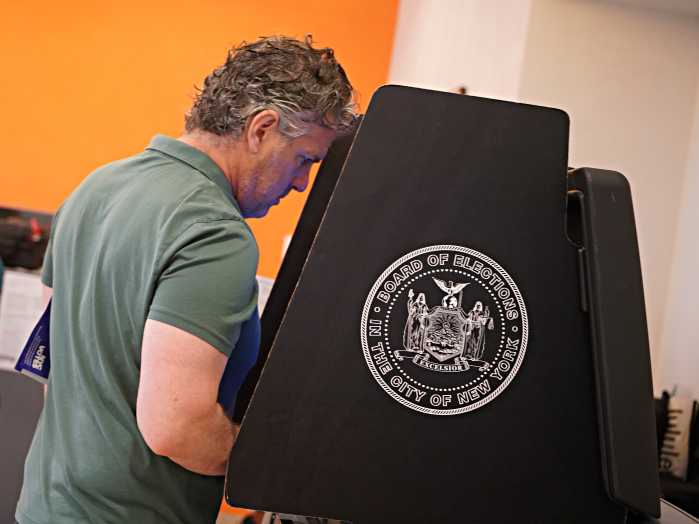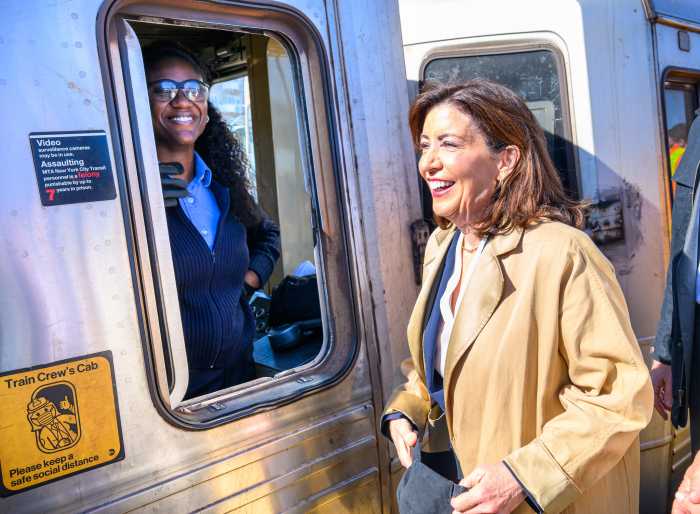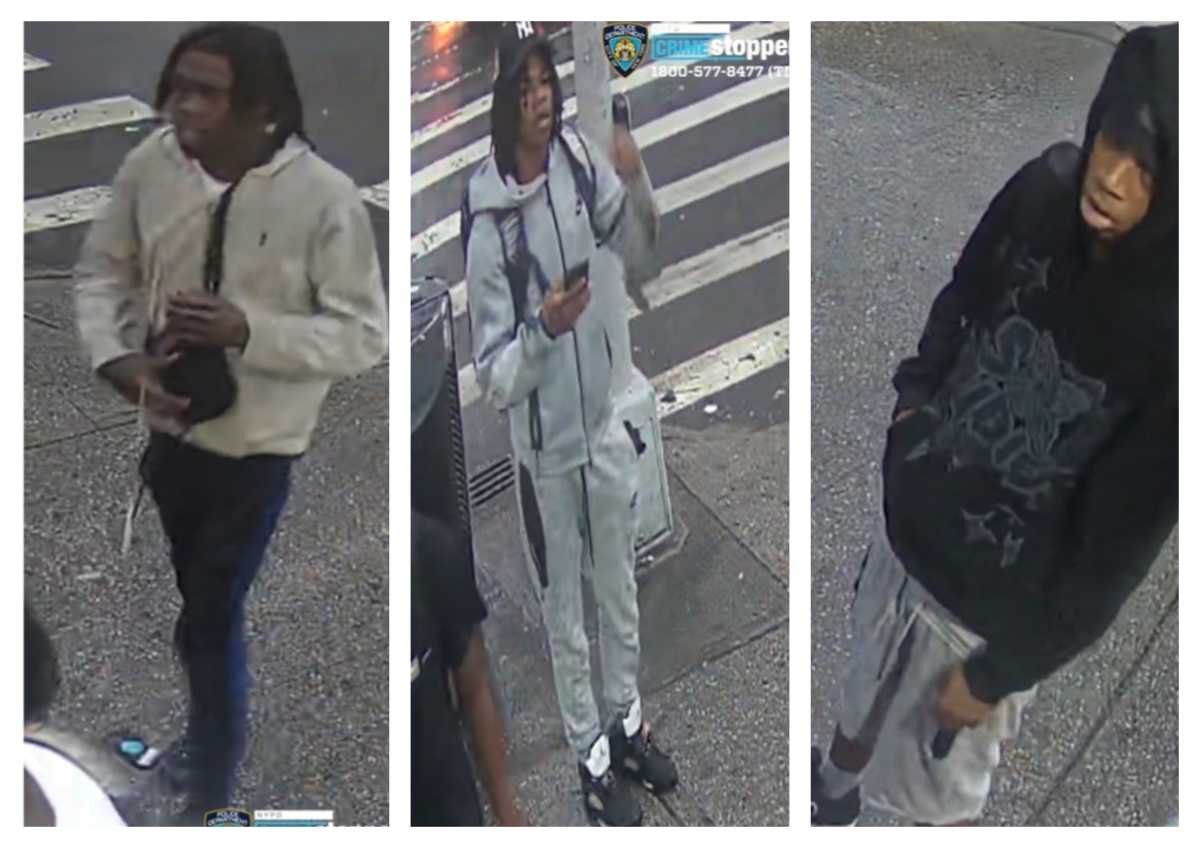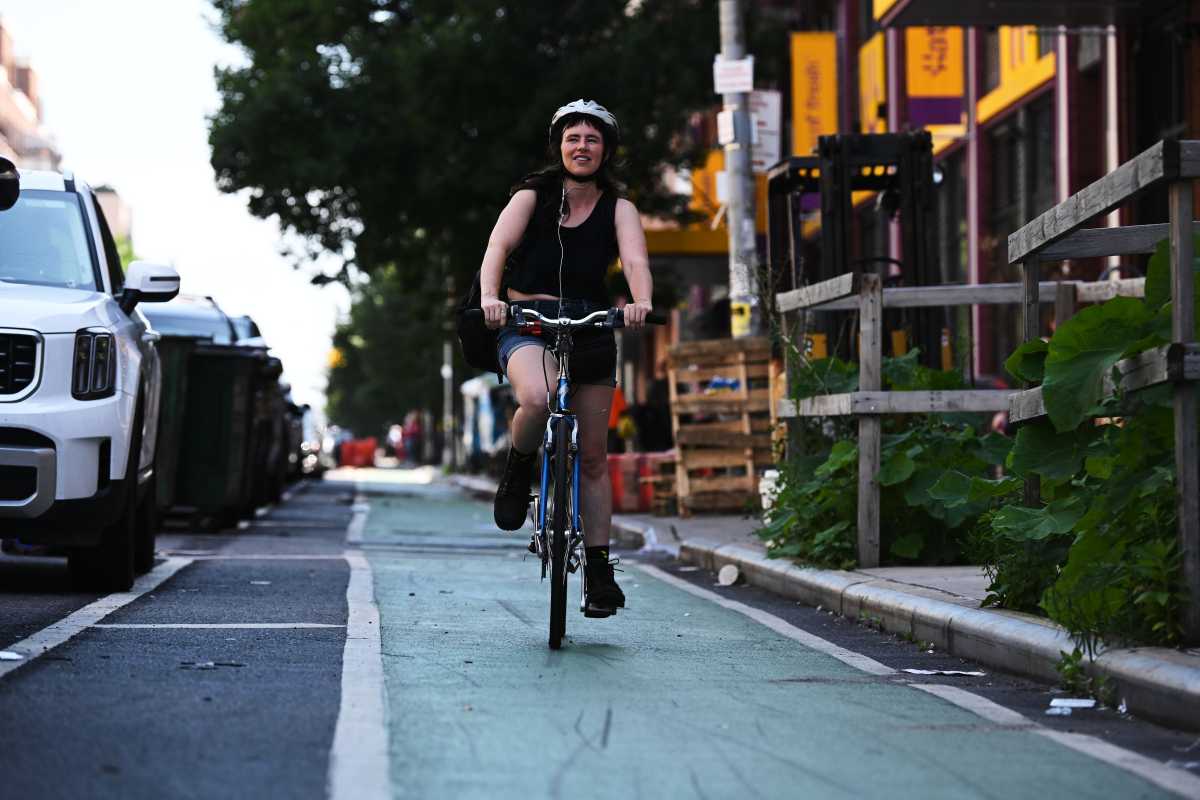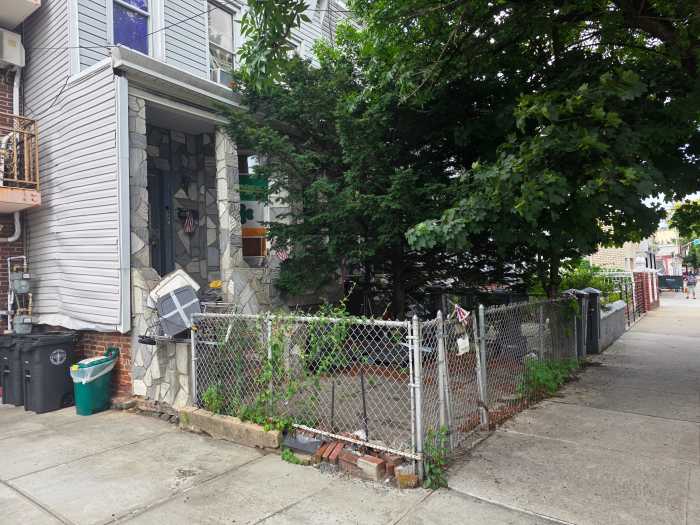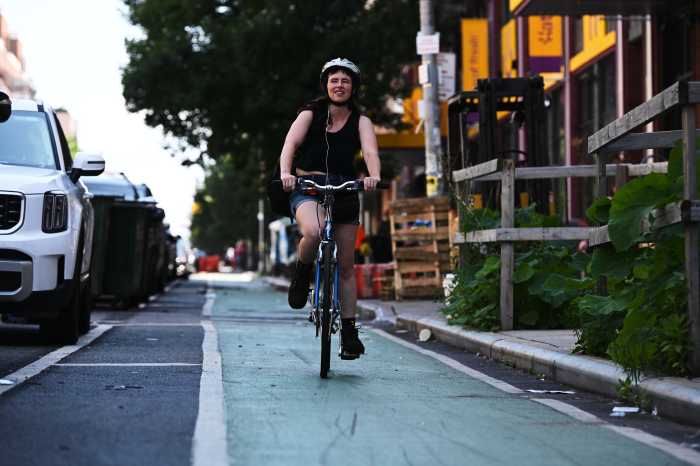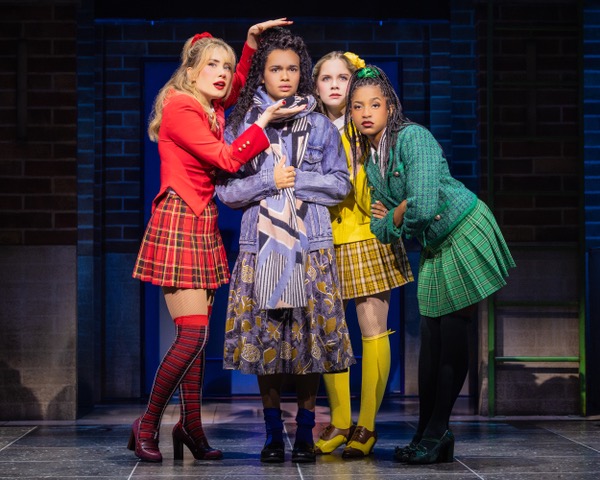By MAT ZUCKER | As the weather improves, our little part of the Manhattan grid again begins to crowd with folks holding maps and staring upward with glazed looks in their eyes. The High Line, the art galleries, Chelsea Market (not to mention big events like Gay Pride) bring us thousands of visitors — especially on the weekends.
Ever since I moved to New York two decades ago, I’ve enjoyed living in a destination city — and bossing people around.
Please don’t stop mid-sidewalk. Fifth Avenue is that way. Yes, that is the new World Trade Center going up.
If not for good karma, then at least for tax revenue (how do you think the streets stay clean during a recession?), I implore us all to put our smiles on and be helpful to tourists — whether it’s sharing a local fact or pointing the way to a bathroom. Technically, one must be certified to be a paid guide…but here’s how to be a friendlier host when you see a fanny pack.
“Do you love Christmas?”
This is an easy opener to anyone wandering, especially if they’ve got kids. Well, over on Ninth Avenue, you can say, there’s the grand General Theological Seminary, built in the 1830s on Chelsea Square — a hugely significant location in neighborhood history. This was the heart of Dr. Clement C. Moore’s property, passed down from a relative, Thomas Clarke — a captain in the British Army who actually gave Chelsea its name.
Pressed by the city to develop the farmland estate into a neighborhood, Dr. Moore sold most of his family’s property to well-heeled New Yorkers along the Manhattan grid. But what most people know from Clement Moore is his poem, “Twas the Night Before Christmas” (also known as “A Visit from St. Nicholas”). The poem formed the conception of Santa Claus, including the number of reindeer. There’s a playground named for Clement Clarke Moore on Tenth Avenue at 22nd Street.
“Looking for someplace good to eat?”
It always depresses me to see tourists awkwardly eating a microwaved sandwich in Dunkin’ Donuts when they could be at a famous local spot. You should feel an obligation as a New Yorker to promote the bagel industry. Right in Chelsea we have two of the best along Eighth Avenue: Murray’s Bagels (West 22nd Street) and Brooklyn Bagel and Coffee (West 24th Street).
Visitors will probably already know Chipotle, the Mexican fast food grill brand, but what they won’t know is that behind the scenes of the Eighth Avenue and West 18th Street location is award-winning (Rising Star Chef from the James Beard Foundation, a Food & Wine magazine Best New Chef) Nate Appleman. By many accounts, it’s the best Chipotle in the city.
Other good choices are the iconic Highliner Diner (more famous in its previous incarnation as Empire Diner) on Tenth Avenue and West 22nd Street, first built in the 1940s. My friend Andrea also recommends Spice, a deal at a two-course sit-down meal for about eight bucks (8th Avenue). If your tourists seem more like pub people, Peter McManus Cafe on Seventh Avenue and West 19th Street is one of the oldest family-owned bars in the city.
“Do you want to see where famous writers lived?”
More notorious these days for its current real estate drama between tenants and the owners, The Chelsea Hotel (at 222 West 23rd Street) is a New York Landmark. The building reportedly had the first penthouse in New York City and was once called “Hobohemian Haven” as well as “The Duchess of 23rd Street.” Tell visitors to read the plaques for signs of Dylan Thomas, Sarah Bernhardt, Mark Twain and O. Henry. Arthur C. Clarke wrote “2001: A Space Odyssey” here. According to my antique copy of “Turn West on 23rd,” O. Henry would check in each time under a different name, and in 1953, poet Dylan Thomas was carried out of the hotel to die at St. Vincent’s of alcoholism. His last drinks, you can add, may have been at nearby White Horse Tavern down on Hudson Street in the West Village.
“Don’t forget to look up.”
New York’s skyline usually gets more attention uptown and downtown, but we have some distinctive architecture right here to point out. On one end of Chelsea is the Flatiron Building, the very first skyscraper, and on the far west side along Eleventh Avenue at 18th Street is Internet behemoth IAC’s Frank Gehry-designed headquarters which looks like a sailboat. In between, you can find gorgeous brownstones (I used to live in one) and the gothic General Theological Seminary campus which, including its charming, leafy Close, takes up one city block between Ninth and Tenth Avenues, on West 21st Street.
London Terrace (23rd Street and Ninth Avenue), also impressive to point out to visitors, was one of the largest apartment complexes when it opened in the 1930s. Fun fact: the scene in 1985’s movie “Cocoon,” in which the senior citizens jumped into the water to be rejuvenated, was filmed in their swimming pool. Several contemporary architects have also designed new apartment buildings, such as Jean Nouvel and his Chelsea Nouvel on Eleventh Avenue.
“Want to see some stuff most people don’t?”
I love the High Line and the galleries, but there’s plenty else to see and explore. For example, there’s the Rubin Museum of Art (150 West 17th Street) with its extensive Himalayan art collection, which, incidentally, is also open Mondays when most museums are not. Further east, there is boutique shopping at Limelight, the converted stone church on Sixth Avenue at West 20th Street where many of us danced ‘til wee hours through the 1990s. It’s an awkward space, with stores on multiple levels including a gelato stand in the rear.
A new concept store along Tenth Avenue at West 19th Street called Story has a new theme every month. And if it’s entertainment, there’s Chelsea Piers for kids and jocks, and Gotham Comedy Club (208 23rd Street) and Upright Citizens Brigade (307 West 26th Street) for comedy, both with inexpensive shows every night.



